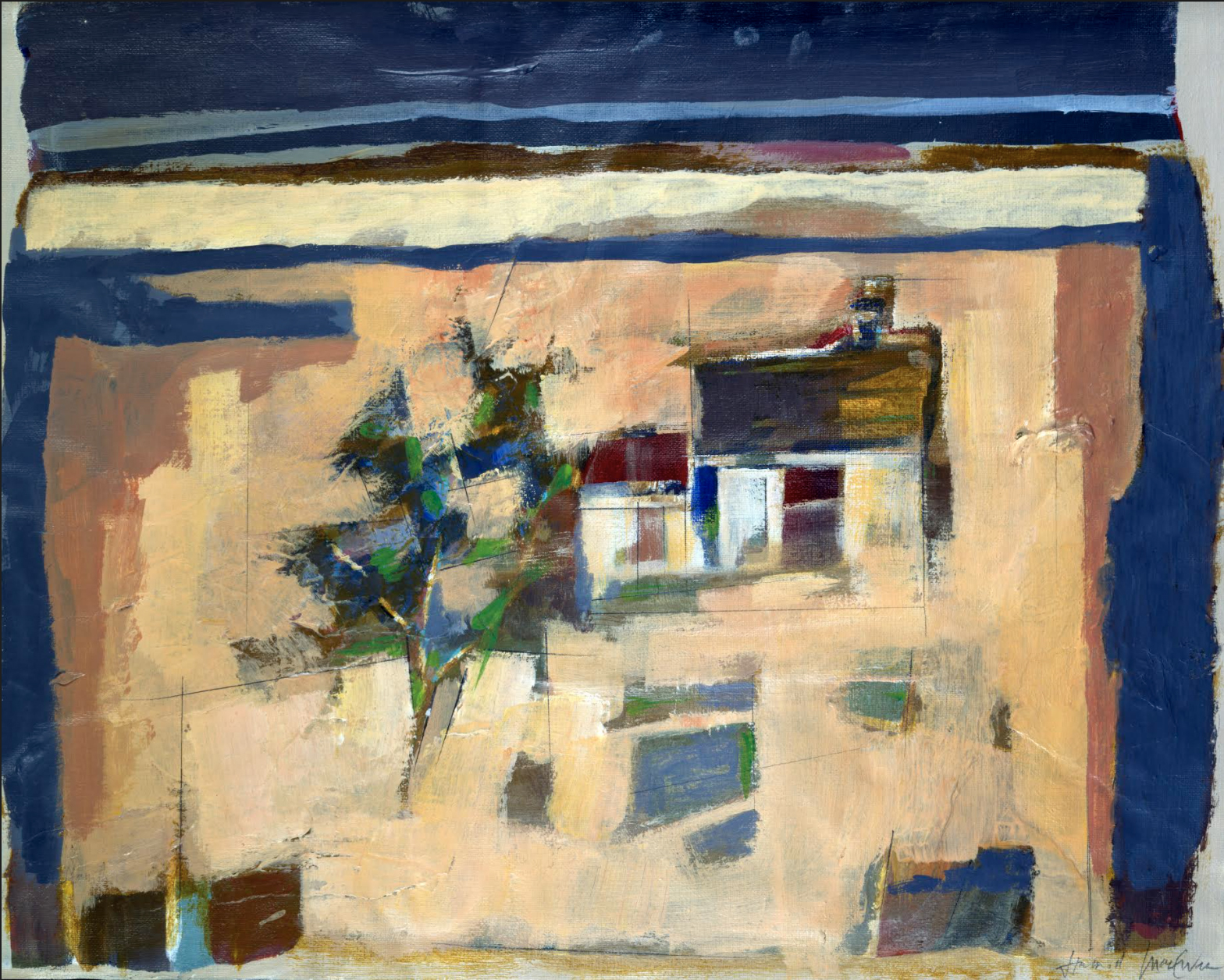Since children’s rooms are the living quarters of playful, and frequently untidy, little people, house design principles often get adjusted or compromised. Style and sophistication need not be abandoned, though. With an increase in smaller-space and open-concept homes arising, better looking rooms just make sense. Find the balance between functionality and sophistication with these tips:
1. Design the room to match the house – Options for children’s décor have improved over the years. There are plenty of well-designed and affordable products available that will complement the rest of your home.
Choose better quality anchor pieces like beds, desks, chairs and toy chests. These pieces will grow with the child, so quality is key.
Neutral colours will increase longevity and flexibility in a child’s room. Keep the furniture and wall colours neutral and add colour through smaller pieces of furniture or artwork – children change quickly and it is easier to change out some smaller pieces than to re–do the whole space.
Many designers are creating kid-friendly pieces that mimic classic prints and designs that can be found in the rest of your home.
2. Get the children involved – Involve your children in the design process and decide how much collaboration is possible.
Go on websites like Pinterest for inspiration for choices of colours, elements, or themes they like. Pinterest is a great place to find design ideas based on specific interests.
Bring children with you to the store and allow them to pick out a few items to incorporate in the space.
Narrow down a selection of wall colours or bedding options and let children pick from your pre-selected options.
3. Showcase their artwork – Incorporating children’s artwork will give them a sense of pride and also provides a great personalized touch.
Collect a few pieces of fun, colourful artwork and frame the most interesting part of each piece. Cut pieces into similar shapes and sizes and place in gallery-style black or white frames.
Using something like an Ikea wire curtain rod system, hang up artwork and easily switch pieces as new creations are made.
Purchase inexpensive frames of different shapes and sizes and create a gallery wall. Frame different crafts and pieces of art. To easily exchange the artwork, take the glass out of the frames and simply tape the art to the center of each frame.
Get creative by making custom fabrics or wallpapers using children’s own designs.
4. Make it easy to clean – Storage and cleanliness are important in children’s rooms as clutter and messy accidents can easily take over the space.
- Paint the room using an eggshell or satin finish. These are durable when cleaning, they are stain resistant and better at hiding paint and construction imperfections.
- Incorporate furniture with easy-to-clean surfaces – something that will not stain or get damaged if a drink gets knocked over, or if it is covered in paint or crayon doodles.
- Find furniture that has double-duty functionality. A comfortable seat that opens up to store toys or a bed with built-in cubbies or pull-out storage.
- Make items easy to put away by using clear containers with labels or photos depicting what they should be used for.
Create a space that you and your children can be proud of. You don’t want to be running to close the door to every time guests come by. With a little effort and planning, a child‘s room can be just as beautiful as the rest of your home.

